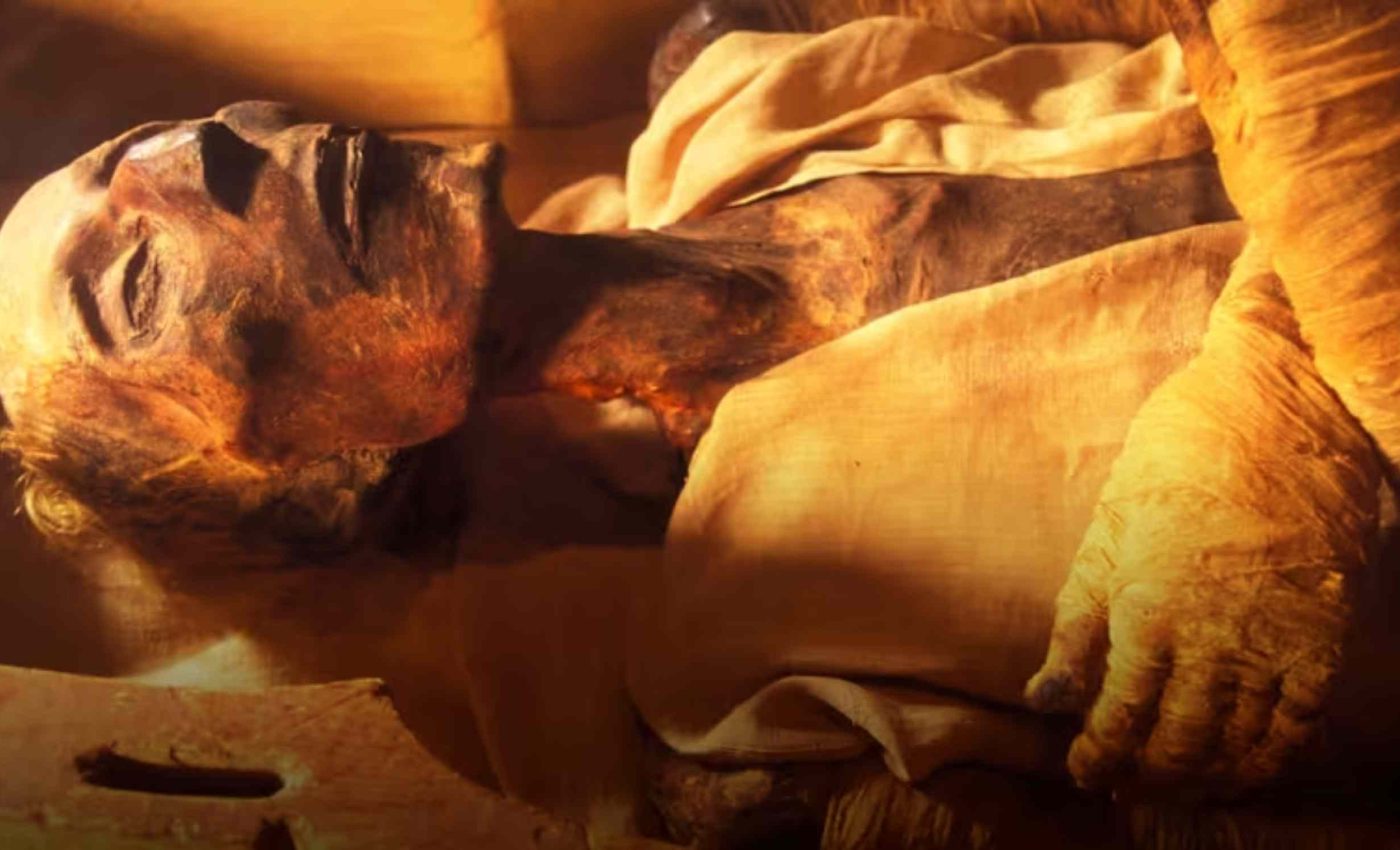
Egyptian pharaoh's long-lost tomb located after 3,500 years
Archaeologists have been working in the rocky gullies west of Luxor, in the vicinity of Wadi Gabbanat el-Qurud. They have discovered that a steep stairway carved into the cliff at Wadi C leads to the long-missing burial of King Thutmose II, a ruler who reigned about 3,500 years ago.
The find marks the first time since Howard Carter opened Tutankhamun’s door in 1922 that a New Kingdom pharaoh’s resting place has come to light. This ends a century-long search for the final resting place of King Thutmose II.
Additionally, it solves the last major puzzle concerning the location of the early Eighteenth Dynasty monarchs who pioneered the royal cemetery in the nearby Valley of the Kings.
Lead excavator Piers Litherland of the New Kingdom Research Foundation confirmed the identification after inscribed alabaster fragments carried the king’s throne name and that of his wife and half sister, Hatshepsut.
Tracing Egyptian tombs in the western Wadis
The entrance lies roughly 1.5 miles (2.4 kilometers) west of the Valley of the Kings, at a spot that archaeologists once dismissed as a cemetery for royal women.
An Egyptian British team first recorded the staircase in October 2022, but flood hardened debris had packed the corridor so tightly that clearing it took three field seasons.
Each step downward revealed more water-laid silt, confirming that artisans unwittingly cut the tomb beneath an ancient waterfall, a choice that soon doomed the burial site to inundation.
When the rubble finally parted, the team reached a white-plastered passage that twisted left into a chamber. This section was painted deep blue and sprinkled with yellow, five-pointed stars, the celestial motif reserved for kings.
Piecing together a royal identity
In that chamber, workers found several broken vessels. One duck-shaped jar preserved part of the phrase “Son of Ra… Thut,” while another shard included the name of his principal wife, Hatshepsut. The condition of the tomb suggested that its contents had been carefully removed rather than looted.
Alabaster is soft, and the violent flood that cracked the jars also preserved their inscriptions, giving researchers the only funerary objects ever linked to Thutmose II.
Blue plaster chips also carried verses from the Amduat, a book of the night journey that was ritually painted in royal tombs. Its presence clinched the tomb’s status as a king’s resting place.
King Thutmose II’s tomb undone by water
The burial corridor measures about 95 feet (29 meters) before it drops into a chamber 17 by 17 feet (5 x 5 meters) and just over 11 feet (3.4 meters) high.
Sediment lines on the walls show that flash floods filled the space to shoulder height within six years of the king’s interment, forcing priests to reopen the tomb and rescue the body.
Those priests cut a secondary tunnel from higher ground, coated it in plaster, and used it to relocate the coffin to an unknown location that has not yet been identified.
When the team first reached the burial chamber and saw the painted ceiling, the emotional impact of the discovery was overwhelming.
Why Thutmose II matters
Museum pieces inscribed with the throne name Aakheperenre place Thutmose II’s reign between about 1492 and 1479 BC.
Although his rule was brief, some scholars suggest less than five years, records say he suppressed a Nubian uprising and led a campaign toward Syria.
After his death, Hatshepsut acted as regent for their young son and soon assumed full kingship, an unprecedented move that reshaped royal iconography and ritual.
Finding her husband’s original tomb provides a fixed point in that political narrative and helps date the transition from small cliff burials to the grand corridors carved later for their son, Thutmose III.
An empty chamber sparks new questions
Because every portable item vanished with the mummy, the team thinks a second cache holds the king’s remains and treasure somewhere in the limestone massif.
Ground penetrating radar has already revealed a 75 foot (23 meter) wide mound of quarry off cuts that may conceal another staircase.
If that burial escaped flooding, it could offer a pristine assemblage that is comparable in historical value, if not in golden splendor, to Tutankhamun’s.
A second tomb would also clarify whether the mummy in Cairo labeled “Unknown Man C,” which has long been attributed to Thutmose II, really belongs to the youthful king.
What happens next in the hunt
Conservation teams are stabilizing the rock cut chambers, mapping pigments, and reconstructing jar fragments so that tiny chips are not lost during tourism preparations.
Meanwhile, survey crews are expanding the grid across the Western Wadis to trace priestly pathways that may lead to the reburial site.
Recent pollen cores show the valley once supported seasonal springs, explaining why early royal builders ventured so far from the Nile despite the flood risk.
Every step in this wider landscape study helps Egyptologists understand how natural forces, religious strategy, and political caution shaped royal funerary choices at the dawn of the New Kingdom.
Information from an online press release by the University of Cambridge.
—–
Like what you read? Subscribe to our newsletter for engaging articles, exclusive content, and the latest updates.
Check us out on EarthSnap, a free app brought to you by Eric Ralls and Earth.com.
—–













